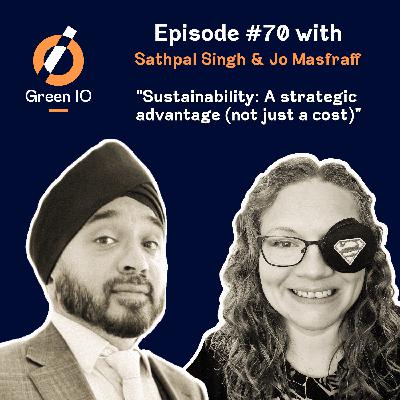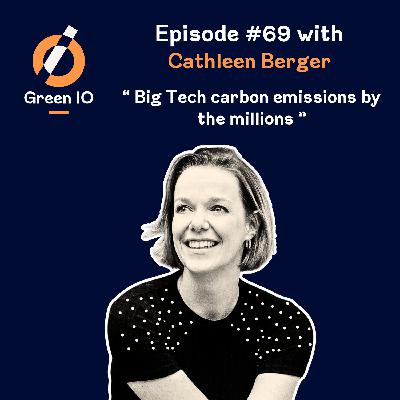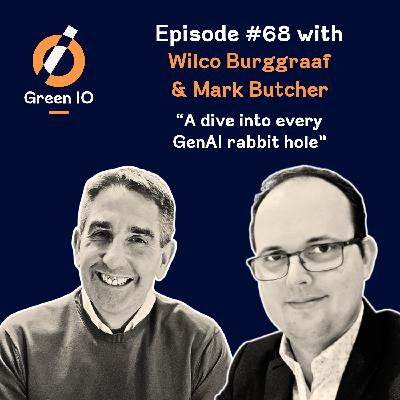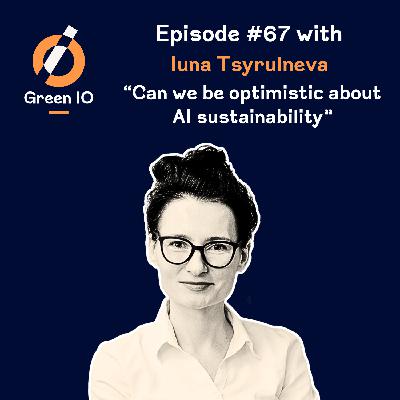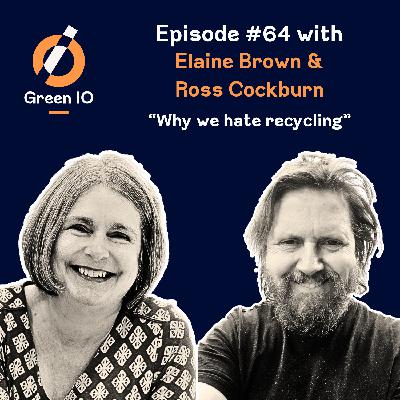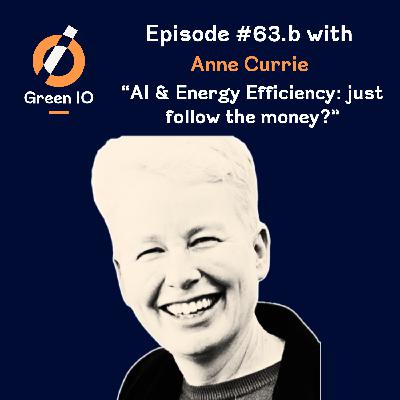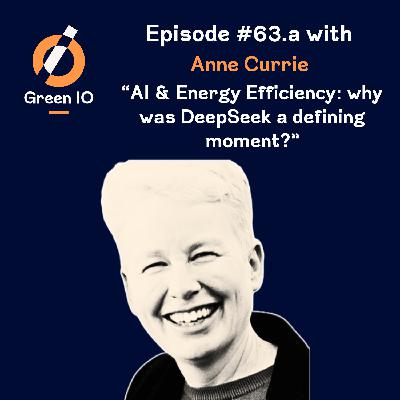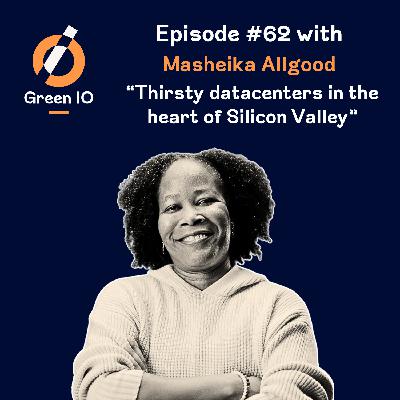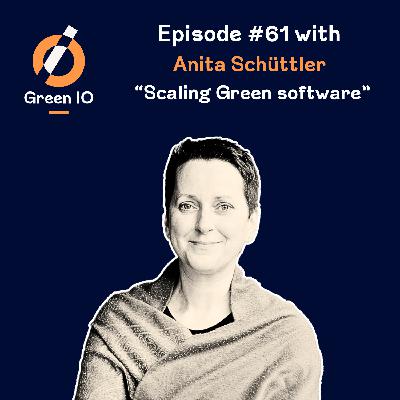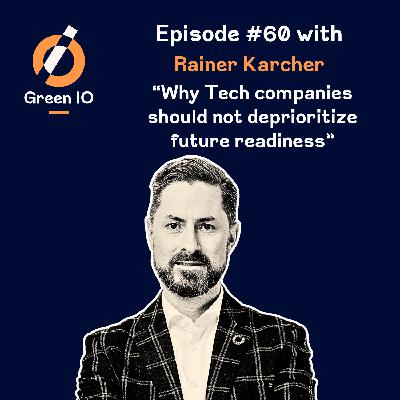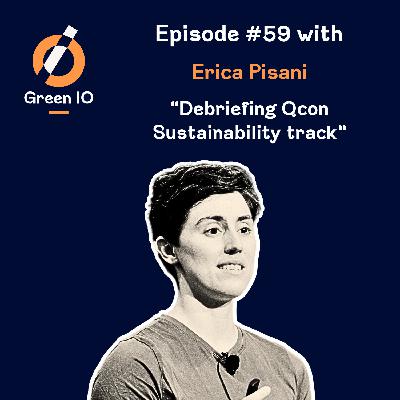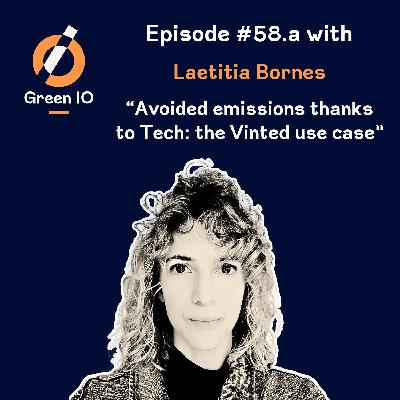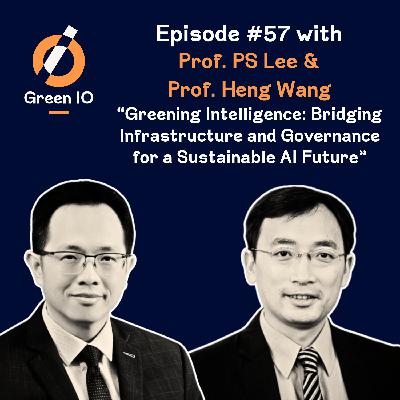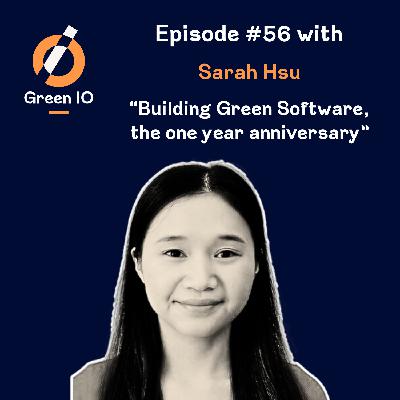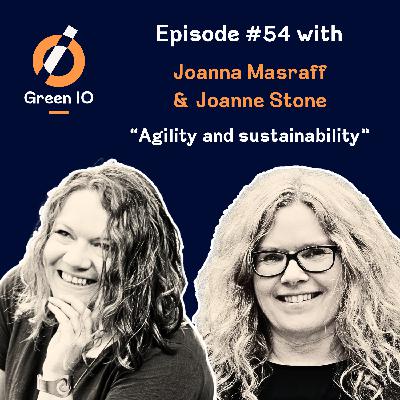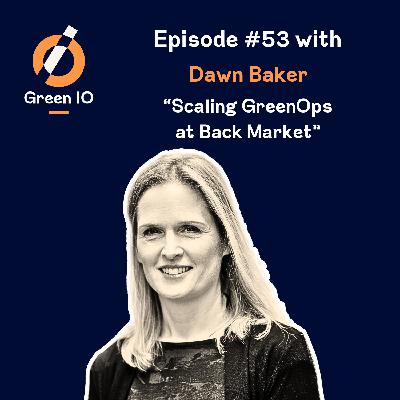#66 Data Centers and Water in the US: a Complex Story with Mohammad Islam and Shaolei Ren
Update: 2025-10-08
Description
“We're living under a water stressed world. Maybe not today, but a certain time of the year.” This new reality stated by Dr Shaolei Ren questions both the resiliency and the water footprint of the data center industry.
In this episode we bring an academic perspective on these questions with two of the most renowned experts in the field, Dr Shaolei Ren and D’ Mohammad Islam. They conducted an intensive survey in the US and shared many insights about the water consumption of data centers with their host Gaël Duez such as:
- The difference between water consumption and water withdrawal
- The water displacement problem
- Water is never a single number and has different colors
- The trade-off of heat reuse
- Why average water consumption of data centers at national level isn’t useful
- How to blend cooling technics
- A future of zero operational water data centers
- The pro and con of nuclear energy to power data centers
And much more!
❤️ Subscribe, follow, like, ... stay connected the way you want to never miss an episode, twice a month, on Tuesday!
📧 Once a month, you get carefully curated news on digital sustainability packed with exclusive Green IO contents, subscribe to the Green IO newsletter here.
📣 Green IO next Conference is in Paris on December 9 - 11. Every Green IO listener can get a free ticket using the voucher GREENIOVIP. A small gift for your huge support. 🎁
Learn more about our guest and connect:
- Dr. Shaolei Ren's LinkedIn
- Dr. Mohammad Islam's LinkedIn
- Green IO website
- Green IO Slack
- Gaël Duez's website
📧 You can also send us an email at contact@greenio.tech to share your feedback and suggest future guests or topics.
Shaolei and Mohammad's sources and other references mentioned in this episode:
- Making AI Less 'Thirsty' (2025 research paper)
- Google’s study: Measuring the environmental impact of AI inference
- Newton County, Georgia multiple applications (New York Times)
Data centers generally will evaporate 50 to 80 % of the water they withdraw. And on the other hand, if you look at the urban household setting, typically the water consumption rate is around 10%. So the way that we use water and how we discharge water is very different.
Gaël Duez (00:22 )
Hello everyone. Welcome to Green IO. I'm Gael Duez and in this podcast, we empower responsible technologists to build a greener digital world one byte at a time. Twice a month on a Tuesday, our guests from across the globe share insights, tools and alternative approaches, enabling people within the tech sector and beyond to boost digital sustainability.
A month ago, I released the episode, Thirsty Data Centers in the heart of Silicon Valley with Mashaika Allgood, and it became instantly popular to say the least. A week later, Google released its report on the environmental impact of a median Gemini query. This report ignited several heated discussions, both on the energy and water consumption figures.
I decided to go back to the force of knowledge or actually to those who made their living in producing scientific knowledge, academics. And when I asked around about the most prominent researchers in the field of the environmental impact of data centers, especially their water consumption, two names popped up at all the time. Dr. Mohammad Atiqul Islam, an assistant professor in the Department of Computer Science and Engineering at the University of Texas and Dr. Shaolei Ren, an associate professor of electrical and computer engineering at the University of California. Both have written several papers on the topic. They have not shied away from entering the public debate with clever vulgarization. So welcome Mohammad and Shaolei. It's a pleasure to have you on the show today and thanks a lot for making it possible despite our huge time difference.
Shaolei Ren (01:59 )
Thank you for having us.
Mohammad Atiqul Islam (02:02 )
Thank you and you are most welcome.
Gaël Duez (02:03 )
Thank you. So being lucky enough to have two academics with me tonight, or actually this morning for you, we can start by doing the things in the right order. And before jumping into the debate about the scale and the trend, let's define the scope. And actually defining the right scope was part of the alert about the Gemini report that Shaolei shared on LinkedIn. Some key figures were misinterpreted. So, Shaolei, could you tell us how do data centers consume water? What do we talk when we water consumption of data centers?
Shaolei Ren (02:43 )
Sure. Data center uses water both directly and indirectly. So the direct water consumption is primarily for cooling. Data center don't have to use water, but water is a very efficient approach to cool down the data center facilities. So essentially we are using water evaporation either throughout the whole year, 24-7 or during the summertime to take away the heat to the outside environment. And this is the direct water consumption. Additionally, when you generate the electricity, especially using thermoelectric power plants and sometimes even using hydropower, there's going to be some water loss into the atmosphere. And this is also considered water consumption or indirect water consumption by data centers. So if somebody wants to take a life cycle view of the water usage, they also look at the supply chain. But ⁓ unfortunately, we don't really have concrete data to have quantitative analysis for the supply chain part. So in most of the studies that I have already seen in the past, they focus on direct and indirect for electricity, not for the supply chain.
In our paper, we call it scope one and scope two, following the greenhouse gas protocol definition. So essentially, we have two scope of water, scope direct for cooling and indirect for electricity generation. And sometimes people show the total number by default. But in our paper, we actually show both the separated water consumption across each scope and also the total number.
Mohammad Atiqul Islam (04:18 )
That's basically the two different kinds of water consumption that you have. And again, I want to ⁓ emphasize on the fact that you do not have to use water-based cooling in your data centers, but that's the best approach that you can take. If you do not use water-based cooling, it's called dry cooling, and people are actually paying a lot of attention across different industries, not just data centers, to build better dry cooling systems. But again, the problem with those dry cooling system is that they are less energy efficient. So basically to run the data centers, not only the servers that run those workloads and run those computation only take power, but other components in the data center also takes power. So you want the other components to be also energy efficient. A great example would be your own homes, a typical residential cooling system, which doesn't use any water rather use electricity to your home. So basically you can use a similar approach for data centers, but they typically twice as much energy compared to the data centers that use water in the cooling.
Gaël Duez (05:28 )
So means that there is a sort of a trade-off between energy consumption and water consumption, if I understand you right.
Mohammad Atiqul Islam (05:33 )
Yes, and later when we are going to discuss what we can do moving forward, this will come up and I will also want to like discuss a little bit more how this idea of dry cooling can be actually utilized to make data center more sustainable.
Shaolei Ren (05:48 )
So maybe I can add some more context for the water consumption because that's actually a technical term. It's defined as the difference between water withdrawal and water discharge. So let's say when we take a shower, we are using a lot of water and that water is considered water withdrawal. It's not by definition, not water consumption because most of the water that we use for showering will just go straight into the sewage system and that's considered water discharge. If you look at the difference, the difference is really minimum. Data centers generally will evaporate 50 to 80 % of the water they withdraw. And on the other hand, if you look at the urban household setting, typically the water consumption rate is around 10%. So the way that we use water and how we discharge water is very different.
Gaël Duez (06:38 )
This is the moment I'm going to ask the dummy question. The wat
Comments
In Channel


